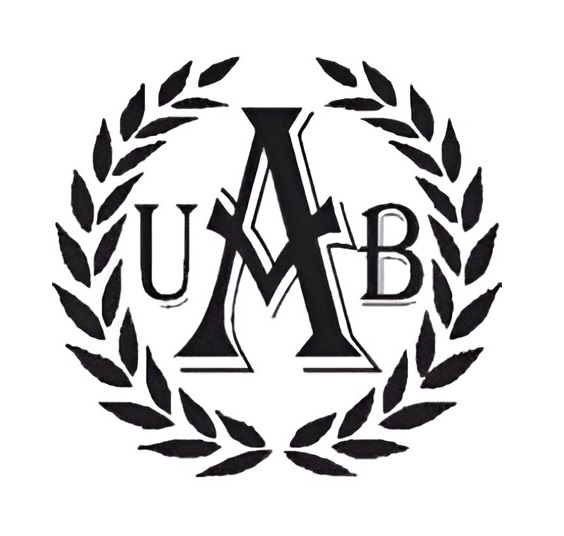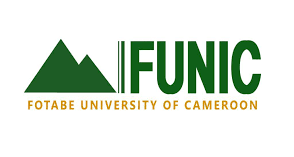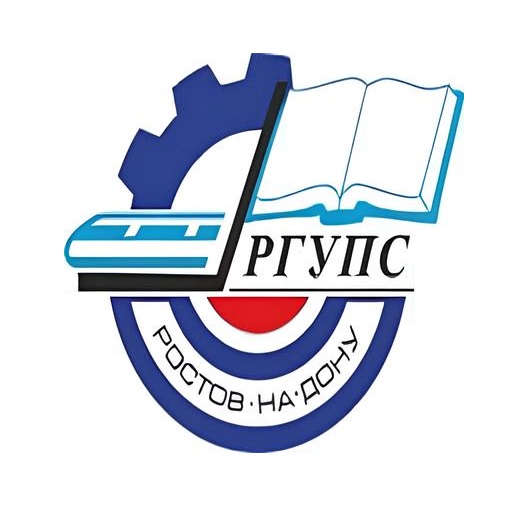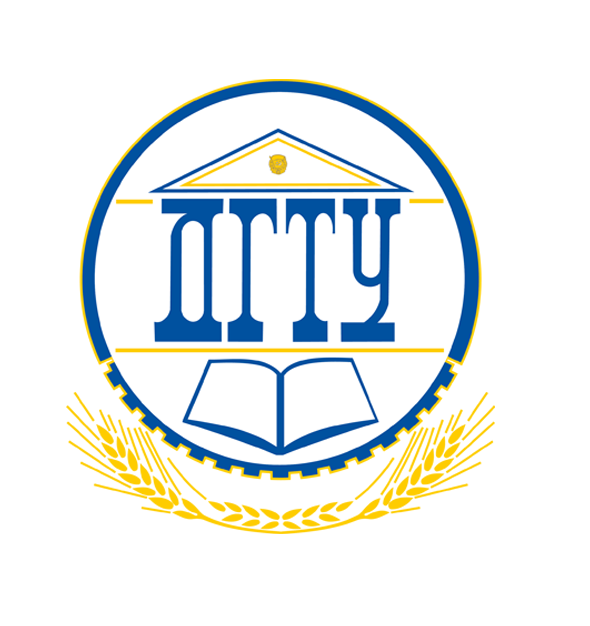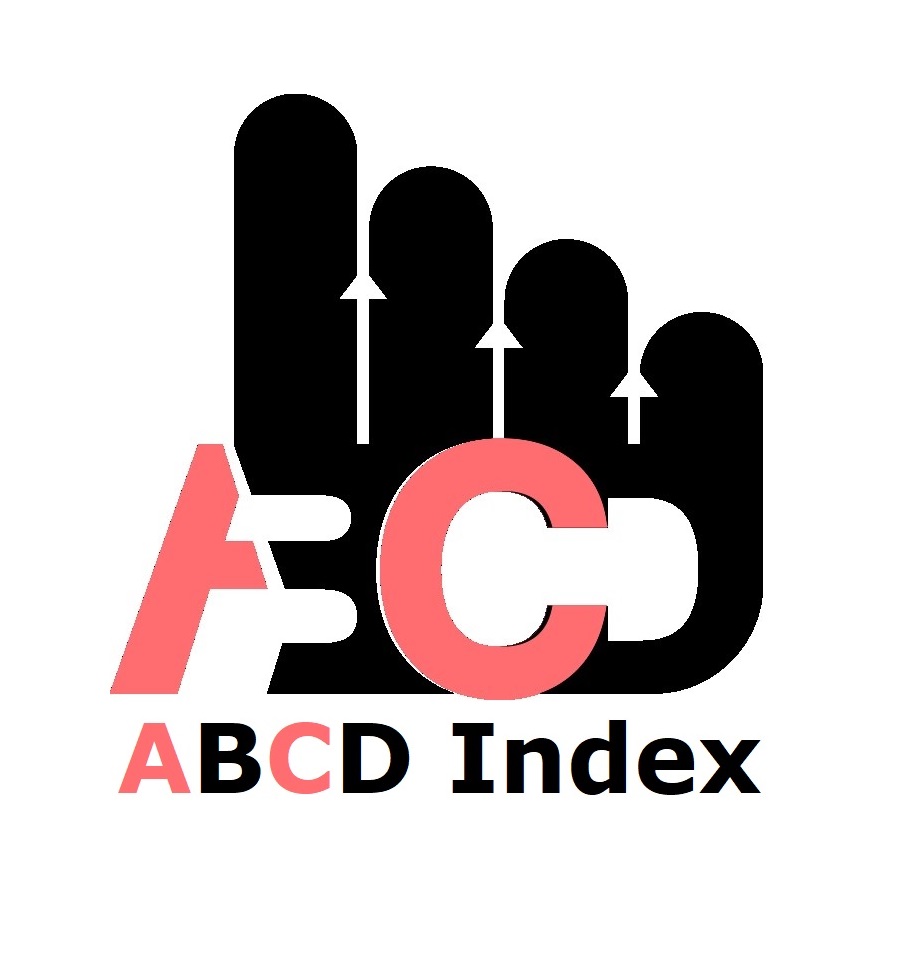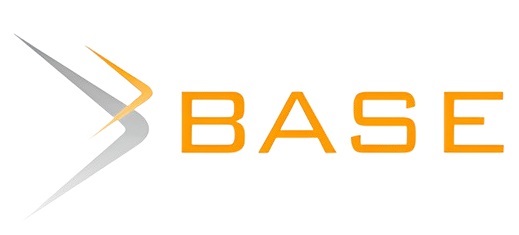Impact of Staff Training on Enhancing Innovative Work Behavior among Non-Teaching Staff in Public Universities in Western Kenya
Keywords:
Innovative Work Behaviour, Kenya, Non-Teaching Staff, Public Universities, Staff TrainingAbstract
In today’s dynamic academic environment, the ability of institutions to remain adaptive and competitive increasingly depends on fostering innovative work behavior (IWB) among employees, including non-teaching staff. Staff training has emerged as a pivotal human resource practice for enhancing employee innovation, yet its role in shaping IWB among non-teaching personnel in Kenyan public universities remains underexplored. The problem is compounded by limited structured training opportunities and underdeveloped HR strategies targeting this vital employee segment, which restricts their innovative potential and contribution to institutional development. The purpose of this study was to examine the effect of staff training on innovative work behavior among non-teaching staff in public universities in Western Kenya. Specifically, the study sought to assess the relationship between staff training and the ability of employees to generate, promote, and implement novel ideas in their work contexts. A descriptive survey research design was adopted, and data were collected using structured questionnaires from a sample of 196 non-teaching staff at managerial and supervisory levels across six public universities. The data were analyzed using both descriptive and inferential statistics. A t-test conducted on the regression coefficient for staff training revealed a statistically significant positive effect on innovative work behavior (β = 0.788, t = 14.142, p < 0.001). These findings underscore the strategic role of targeted and well-structured training programs in enhancing creative thinking, proactive problem-solving, and adaptability among non-teaching staff. The study contributes to policy by advocating for the integration of continuous professional development into HR frameworks within public universities. For practice, it highlights the need to institutionalize employee training as a lever for organizational innovation. Academically, it adds to the growing discourse on human resource development by empirically linking staff training to innovative outcomes in the public education sector.
Published
How to Cite
Issue
Section
Copyright (c) 2025 Brigid Nekoye, Eglay Tsuma, Dishon Wanjere

This work is licensed under a Creative Commons Attribution-NonCommercial 4.0 International License.
Most read articles by the same author(s)
- George Boy Joshua, Eglay Tsuma, Robert Egessa, Robert Onyango, Moderating Role of Perceived Organizational Support on the Effect of Occupational Stress Management Practices on Employee Engagement amongst Law Enforcement Officers in Uasin Gishu County, Kenya , African Journal of Empirical Research: Vol. 5 No. 2 (2024): Apr-Jun 2024
- Simiyu Bramwel Mbirira, Ben Oseno, Dishon Wanjere, Effect of Corporate Culture on the Performance of the Kenya Commercial Bank , African Journal of Empirical Research: Vol. 4 No. 2 (2023): Jul-Dec 2023
- Evans Wambasi Misiko, Dr. Fredrick Kiongera, Dr. Dishon Wanjere, Effect of Operation Assessment on Performance of State-Owned Sugar Firms in Kenya , African Journal of Empirical Research: Vol. 5 No. 1 (2024): Jan-Mar 2024
- Juma Winnie Opisa, Evans Kwendo, Dishon Wanjere, Effect of Advertising Strategy on Performance of Construction Material Manufacturing Firms in Uasin Gishu County, Kenya , African Journal of Empirical Research: Vol. 5 No. 2 (2024): Apr-Jun 2024









